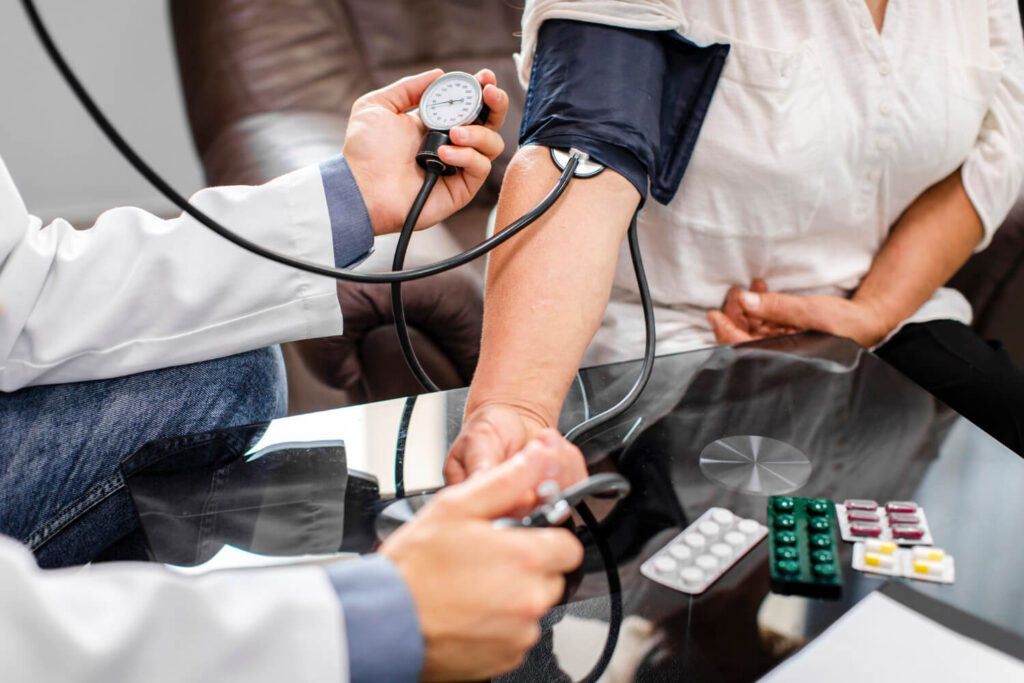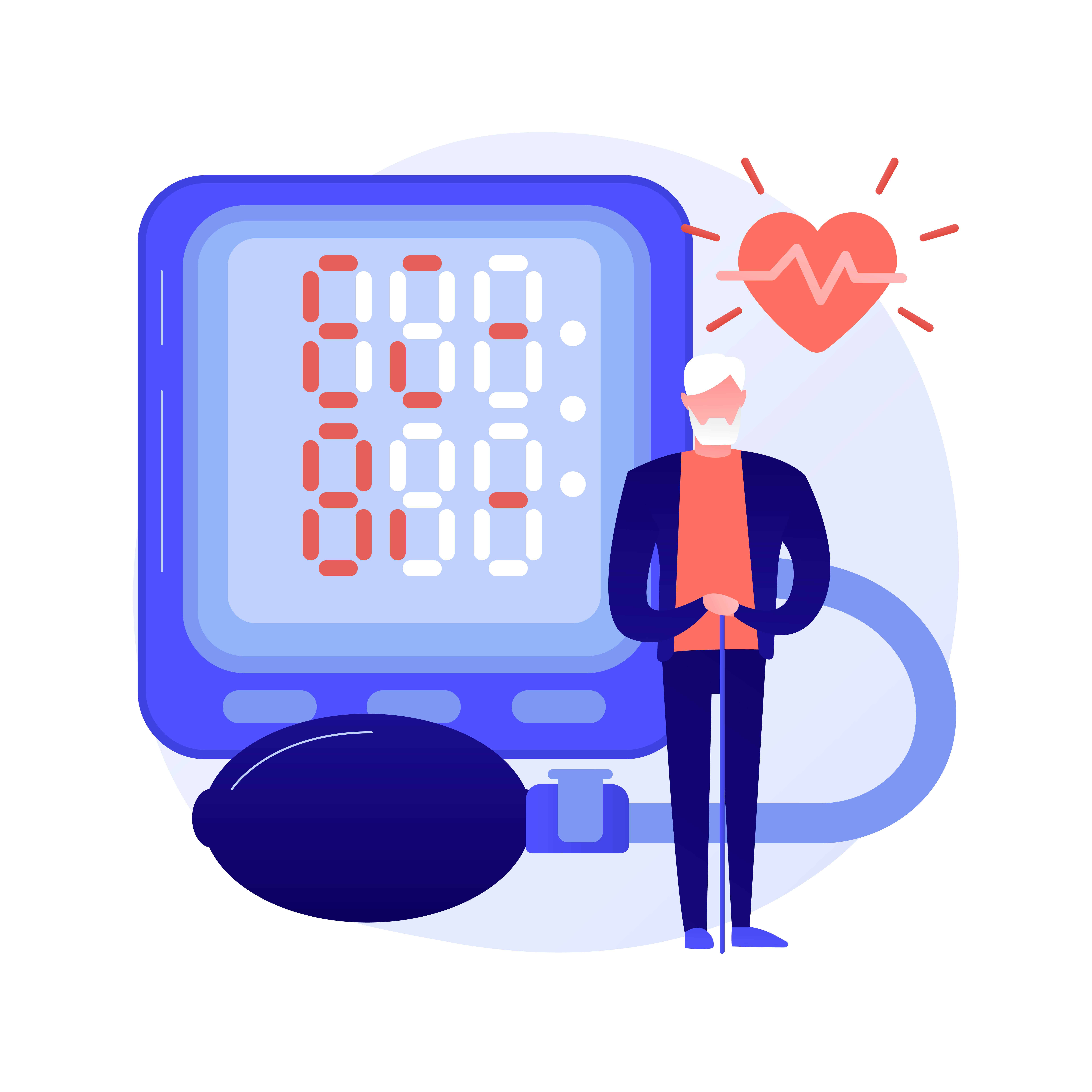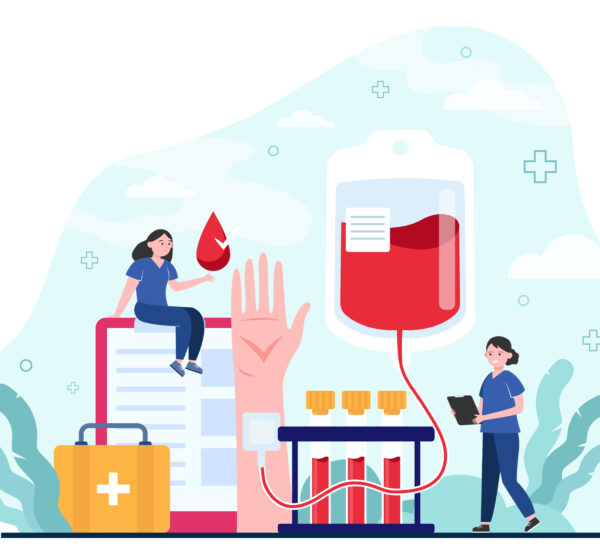It is important to understand the basics of hypertension, especially when it comes to determining its stages. Explore the different aspects of stage 1 hypertension and the significance behind the numbers associated with it in this guide. Through this blog, patients can explore the possibilities and severity of the condition leading to a strong awareness.
What is Hypertension

Hypertension is a chronic medical condition characterized by elevated blood pressure levels. If the reading is above the normal range, a possibility of hypertension will occur. To verify the normal blood pressure, it would be best to consult with a specialist. That way, the possibility of having hypertension can be caught early on.
The Basics of Blood Pressure
To understand hypertension and its stages, it’s essential to have a grasp of the basics of blood pressure. A healthy blood pressure reading is usually around 120/80 mmHg, where 120 represents the systolic pressure, and 80 represents the diastolic pressure. This normal range indicates that the heart is effectively circulating blood throughout the body without putting excessive strain on the blood vessels.
However, blood pressure can vary depending on various factors such as age, gender, and genetics. Additionally, lifestyle choices can contribute to higher blood pressure readings. On the other hand, regular exercise, a balanced diet, and stress management techniques can help maintain optimal blood pressure levels.
What Do the Numbers Mean?

The numbers associated with blood pressure readings can provide valuable insights into a person’s cardiovascular health. When it comes to blood pressure readings, there are two key numbers to pay attention to: the systolic pressure and the diastolic pressure. These numbers are obtained through a simple and non-invasive procedure, using a blood pressure cuff and a sphygmomanometer.
The systolic pressure is the top number in a blood pressure reading. It represents the force of the blood against the artery walls when the heart contracts. This contraction occurs during the heartbeat, and it is responsible for pumping oxygenated blood throughout the body. The systolic pressure is an important indicator of the heart’s ability to pump blood effectively.
On the other hand, the diastolic pressure is the bottom number in a blood pressure reading. It represents the force exerted on the artery walls when the heart is at rest between beats. This period of rest allows the heart to refill with blood and prepare for the next contraction. The diastolic pressure is a reflection of the resistance in the blood vessels and the overall health of the cardiovascular system.
For example, in a reading of 110 over 70 blood pressure, the systolic pressure is 110, and the diastolic pressure is 70. These numbers, when interpreted correctly, can provide valuable information about a person’s blood pressure levels and potential cardiovascular risks.
Hypertension vs Hypotension

High blood pressure, also known as hypertension, is a condition characterized by consistently elevated blood pressure levels. It is often referred to as the “silent killer” because it typically does not cause noticeable symptoms until it reaches a critical stage. Hypertension can lead to serious complications such as heart disease, stroke, and kidney problems if left unmanaged.
On the other hand, low blood pressure, known as hypotension, occurs when the blood pressure levels are consistently below the normal range. While hypotension is generally not as concerning as hypertension, it can still cause symptoms such as dizziness, fainting, and fatigue. It is important to address low blood pressure and identify any underlying causes to ensure optimal cardiovascular health.
The Significance of the Upper and Lower Numbers
Both the systolic and diastolic numbers hold important information about a person’s cardiovascular health. The systolic pressure indicates the force exerted on the blood vessels when the heart contracts, while the diastolic pressure represents the resting pressure between beats. Together, these numbers provide crucial information about the overall health and functioning of the cardiovascular system.
When it comes to blood pressure management, it is essential to monitor both the systolic and diastolic numbers. By understanding the significance of these numbers, individuals can take proactive steps to maintain or improve their cardiovascular health. This may involve lifestyle modifications such as adopting a healthy diet, engaging in regular physical activity, managing stress levels, and potentially taking medication as prescribed by a healthcare professional.
Regular blood pressure monitoring is key to detecting any changes or abnormalities in blood pressure levels. By keeping track of blood pressure readings over time, individuals can identify trends and patterns, allowing for early intervention and prevention of potential complications.
Understanding the Stages of Hypertension

Hypertension is typically categorized into different stages based on the severity of the condition and the level of blood pressure elevation. Each stage has distinct blood pressure ranges and associated health risks, making it crucial for individuals to understand and manage their condition effectively.
Normal Blood Pressure vs. Hypertension
Normal blood pressure reading is around 120/80 mmHg, with 120 representing the systolic pressure (pressure in the arteries when the heart beats) and 80 representing the diastolic pressure (pressure in the arteries when the heart is at rest between beats).
Stage 1 hypertension occurs when the systolic pressure ranges from 130-139 mmHg and the diastolic pressure ranges from 80-89 mmHg. These elevated numbers indicate that the blood pressure is higher than the normal range, but it is not yet classified as stage 2 hypertension. It is important to note that even though stage 1 hypertension is considered a milder form of high blood pressure, it still requires attention and management to prevent further progression.
Defining High Blood Pressure Stages
When blood pressure consistently exceeds the normal range, it is classified as hypertension. This condition can lead to significant health complications such as heart disease, stroke, and kidney problems. It is crucial to identify and manage hypertension early to prevent these potential risks.
There are different stages of hypertension based on blood pressure readings. These stages help healthcare professionals determine the severity of the condition and develop an appropriate treatment plan. The stages include:
- Stage 1 hypertension: Systolic pressure ranging from 130-139 mmHg or diastolic pressure ranging from 80-89 mmHg.
- Stage 2 hypertension: Systolic pressure of 140 mmHg or higher or diastolic pressure of 90 mmHg or higher.
- Hypertensive crisis: Systolic pressure over 180 mmHg and/or diastolic pressure over 120 mmHg. This is a medical emergency that requires immediate attention.
Regular monitoring of blood pressure and routine check-ups with a healthcare professional are crucial for individuals with any stage of hypertension. No matter if a person develops stage 1 hypertension or the hypertensive crisis, it is vital to begin prevention steps early on. That way, the possibility of developing more complications can be prevented.
Impact of Developing Stage 1 Hypertension

Focusing on stage 1 hypertension will help you identify its signs and risk as it signifies the early stage of high blood pressure. It is a condition that can lead to significant health complications if left uncontrolled. Individuals with stage 1 hypertension should take steps to lower their blood pressure and reduce potential health risks.
One of the primary reasons why stage 1 hypertension requires attention is because it puts a strain on the heart and blood vessels. Over time, this increased pressure can lead to damage in the arteries, making them less flexible and more prone to blockages. This, in turn, can increase the risk of heart attacks, strokes, and other cardiovascular diseases.
Regular monitoring of blood pressure is essential for individuals with stage 1 hypertension. This can be done at home using a blood pressure monitor or through regular check-ups with a healthcare professional. By tracking blood pressure levels, individuals can assess the effectiveness of their lifestyle changes and determine if additional treatment options are necessary.
It is important to remember that hypertension is a chronic condition that requires long-term management. Even if blood pressure levels are brought under control, it is crucial to maintain a healthy lifestyle and continue with regular check-ups to prevent any potential complications.
Risk Factors of Stage 1 Hypertension
Stage 1 hypertension can develop due to various factors and risk elements. It is essential to be aware of these causes to effectively manage and prevent the progression of the condition.
For instance, following poor lifestyle choices play a significant role in the development of stage 1 hypertension. Factors such as poor diet, lack of physical activity, obesity, and excessive alcohol consumption can contribute to elevated blood pressure levels. Making positive changes in these areas can have a significant impact on managing hypertension.
Meanwhile, natural way of developing the disease is through genetics. Some individuals may have a genetic predisposition to high blood pressure, making them more susceptible to the condition. Understanding family history and genetic factors can help individuals take proactive steps to manage and control their blood pressure.
Symptoms and Complications of Stage 1 Hypertension
Stage 1 hypertension may not always present noticeable symptoms, which makes it even more critical to monitor blood pressure regularly. However, there are some general symptoms and potential complications associated with elevated blood pressure levels.
Recognizing the Symptoms
While stage 1 hypertension may not cause obvious symptoms, some individuals may experience headaches, dizziness, and blurred vision. These symptoms can be nonspecific and may occur due to various other factors. Regular blood pressure monitoring is essential to detect any potential abnormalities.
Potential Health Risks and Complications
If left unmanaged, stage 1 hypertension can lead to several health complications. Individuals with elevated blood pressure are at a higher risk of developing cardiovascular diseases such as heart attack and stroke. Additionally, hypertension can also cause damage to the kidneys and increase the likelihood of developing kidney disease.
Conclusion
Stage 1 hypertension is the mark of possible risks and complications from high blood pressure. That’s why doing the best to keep it lower and achieve normal blood pressure should be the goal. It can happen through constant monitoring of blood pressure level. Doing so will help patients get a closer look of their status, later achieving overall wellness.
Keep track of your health by understanding the impact of hypertension in all of its occurring levels. Book a consultation online to begin pro-active prevention steps!



